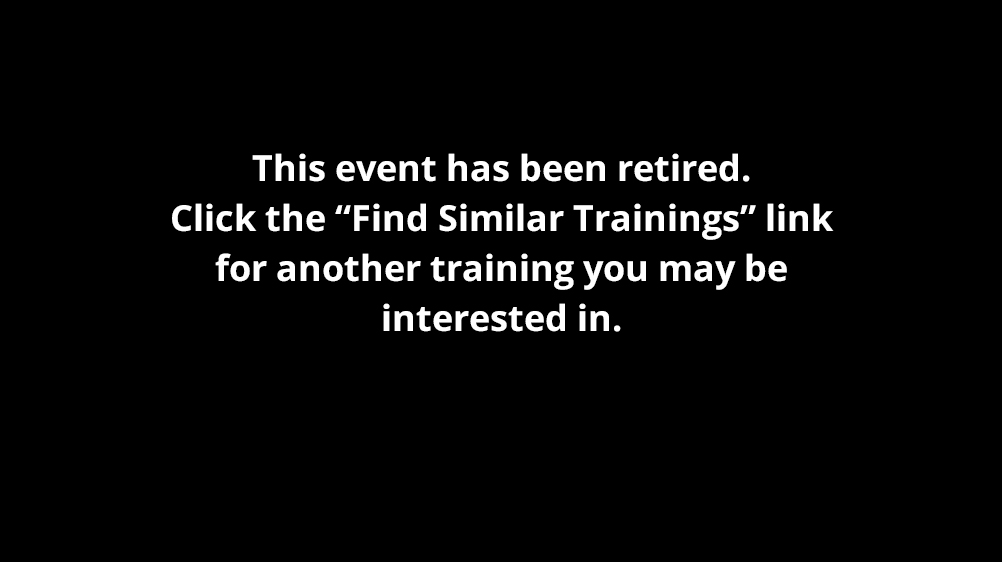A Showcase of Innovative Storytelling Across Higher Ed
(Retired)
Why is this event retired?
At AI we want to always ensure that the best and most current trainings are available to members, and we regularly review our trainings to ensure that is the case.


